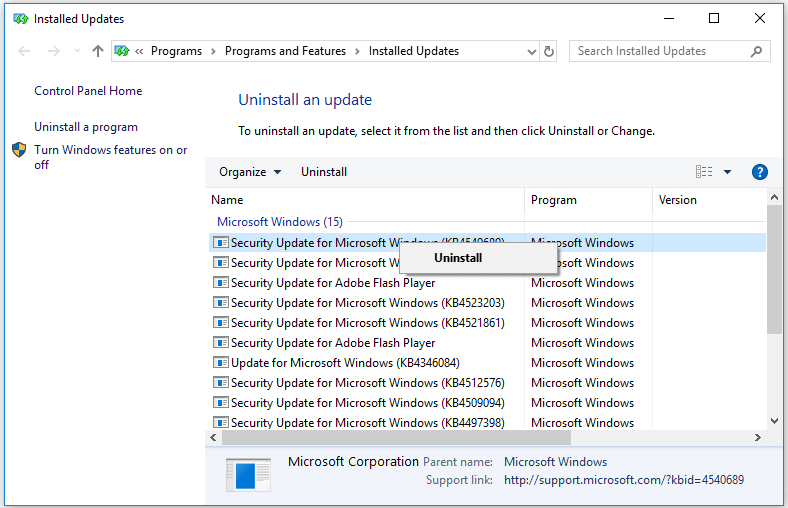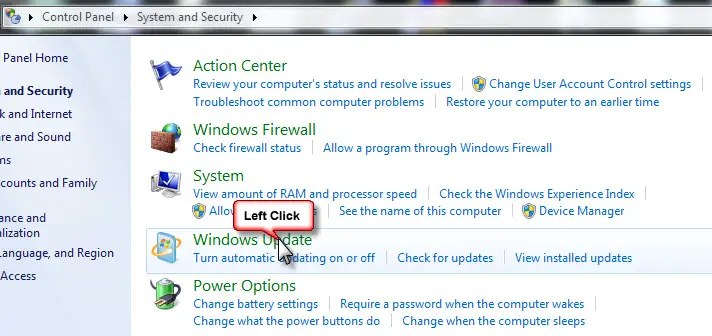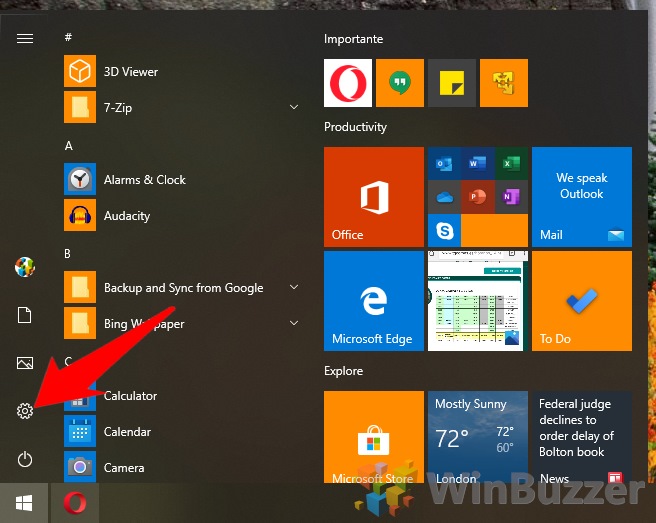

In this guide, you’ll learn the steps to view the update history of Windows 10 using the Settings app, Command Prompt, and PowerShell. Or one of them is causing issues, and you need to uninstall it. The Windows 10 update history can also come in handy when you want to know more about a recently installed quality update. You should restart the computer for a clean uninstall.On Windows 10, you can use “update history” to see a list of updates installed on your computer in those cases when you want to check if a new update was installed successfully or failed to apply. After the uninstall is complete, select Yes to restart your computer, or No to restart it later.If prompted to stop your Web server, click Yes.

The MicroStrategy Setup Maintenance program opens. Within the list of installed programs, select MicroStrategy and click Change.See the appropriate Microsoft documentation for steps to access these options.
 Open the Microsoft Control Panel and navigate to the options to add or remove programs. The procedure for uninstalling MicroStrategy Office is explained in the following sections. The uninstallation of MicroStrategy Office must be performed separately. Deletes files created by the application, such as *.log, *.gid, *.ldb and *.tb. This occurs only when the Intelligence Server is being uninstalled. Stops and deletes the MicroStrategy Intelligence Server service. If a component is found running, uninstallation stops. If they are not valid, uninstallation stops. Calls a custom DLL to handle unlogged items, such as registry entries and files.īefore uninstallation begins, the DLL file performs the following functions:. Unregisters and removes selected files, registry entries, and shortcuts logged in the Uninst.isu log file. The uninstallation procedure performs the following functions: Uninstalling MicroStrategy Components on Windows
Open the Microsoft Control Panel and navigate to the options to add or remove programs. The procedure for uninstalling MicroStrategy Office is explained in the following sections. The uninstallation of MicroStrategy Office must be performed separately. Deletes files created by the application, such as *.log, *.gid, *.ldb and *.tb. This occurs only when the Intelligence Server is being uninstalled. Stops and deletes the MicroStrategy Intelligence Server service. If a component is found running, uninstallation stops. If they are not valid, uninstallation stops. Calls a custom DLL to handle unlogged items, such as registry entries and files.īefore uninstallation begins, the DLL file performs the following functions:. Unregisters and removes selected files, registry entries, and shortcuts logged in the Uninst.isu log file. The uninstallation procedure performs the following functions: Uninstalling MicroStrategy Components on Windows







 0 kommentar(er)
0 kommentar(er)
